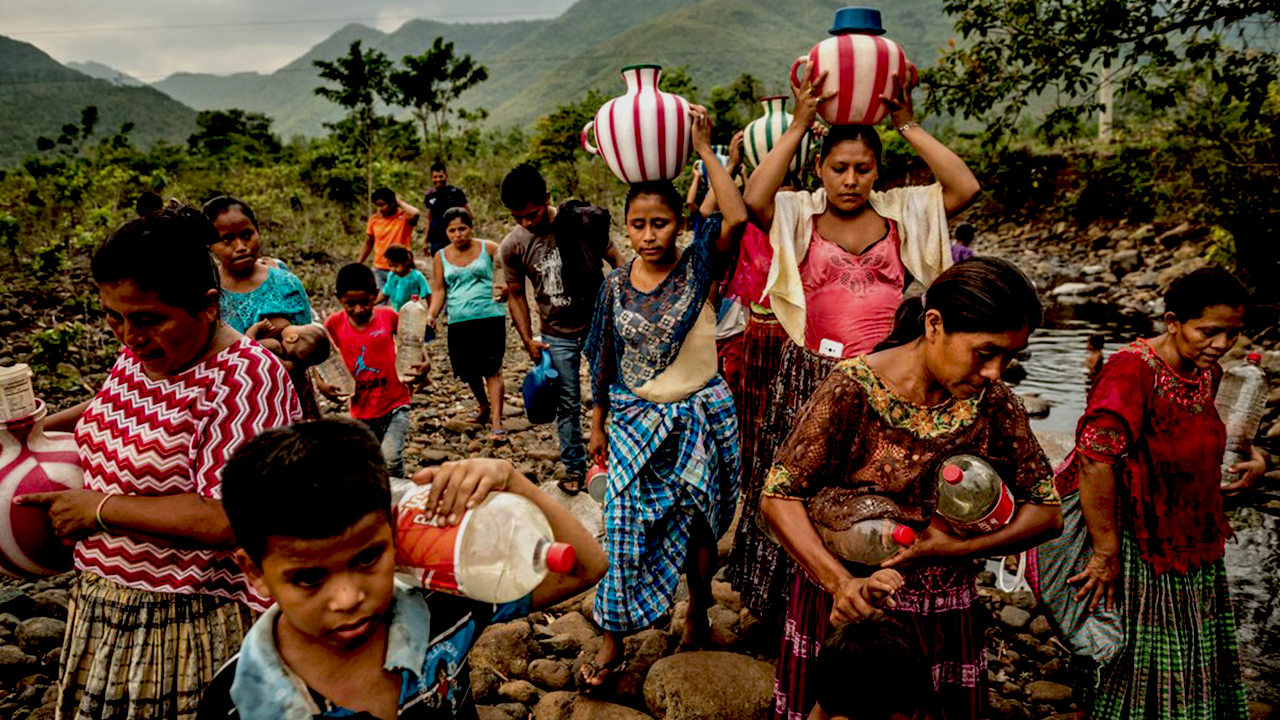Disasters and emergencies became a part of communities around the world. Local communities or existing infrastructures are not designed and framed to withstand the consequences of emergencies that are happening presently around the world. The extended shortcomings to support the post-disaster phases and rehabilitation in communities breaks down the expectations and hopes of sustainable growth and development in communities, especially in low-middle income countries. As a human, we all expect to thrive in the future with upgraded quality and living standards where the word sustainability completes. The growth and development of a community closely depend on the focus on unmet needs and existing issues in the community to narrow the consequences and damages of emergencies. The global strategies should focus on the unmet needs of people/communities around the world, which are unstable due to the loss and destruction from various emergencies, to save our supply chains and global economy. We must mould our communities from the local level to the global level, and not the inverse, so that affected communities are not required to wait for international and national responses that are both slow and time-consuming to meet the need of a community during emergency response phases.
A few factors responsible for the failure of global solutions in local communities are lack of community empowerment and development, unmet needs of the community, leadership, resources, etc. Community development is an action in which the community members are supported and promoted by several agencies or organizations to study, recognize and take suitable action on the existing general issues in the community, which are most required. Community development empowers community members and makes them stronger to withstand their unmet needs. Community development is a holistic approach grounded in principles of empowerment, human rights, inclusion, social justice, self-determination, and collective action (Kenny, 2007). Community growth and development programs are directed by the people in the community at every single step starting from decisions on the specific issues to be addressed, implementation strategies to solve the issue, and monitoring and evaluation of the implementation methods in the community. Community growth development has a direct pivot on the reallocation of power to address the causes of inequality and disadvantage. The United Nations defines community development as “a process where community members come together to take collective action and generate solutions to common problems.” It is a huge concept, that will be applied to the practices of civic leaders, social activists, involved citizens, authorities, and professionals to refine various aspects of communities, typically aiming to capacity building at the local level and more resilient local communities.
Global solutions are essential for global issues. The most common global issues are existing hunger, health inequality, and climate change which play a crucial role in developing a sustainable future. Implementing solutions must be decentralized and must reach the periphery levels. Open innovation and collaboration with multiple stakeholders across borders are beneficial to decentralizing global solutions into local communities. When we bring global leadership and innovations in the public and private sectors, that results in huge economic growth and resource mobilizations. It opens up transparency in global solutions in local communities. the recent events have shown that when there is a set of specific, clear, and transparent rules, it implies access to information, and appropriate technical and financial support, communities can effectively organize the resources to identify the community’s priorities. it will also help to address local development challenges by working in partnership with local governments and other institutions to frame a small-scale infrastructure, deliver the basic needs of the community and magnify the quality of life.
The International Association for Community Development defines it as both a practice-based profession and an academic discipline. According to the IACD definition in 2016, the association has produced International Standards for Community Development Practices globally. The values and ethos must follow basic human rights, solidarity, democracy, equality, and environmental and social justice. The purpose of community development is to act with communities at the local level to accomplish sustainable growth and development, preservation of human rights, economic growth, gender equality, and social justice. it strengthens the relationships of ordinary people with expertise or professionals. So that everyone in the communities can take their part in addressing the issues and their unmet needs to be solved.
Community development approaches and actions are the key elements of effective poverty-reduction programs and sustainable development strategies in local communities, especially in low-middle income countries. Many countries have adopted, community development operations as a mechanism available to outstretch remote areas of countries and vulnerable groups of the communities in a proper, quick, and responsive approach. They have a resilient record of generating funds quickly in response to the rehabilitation of the exposed community to natural disasters such as cyclones, floods, storms, earthquakes, etc, or unexpected other crises such as pandemics.
Dr. Nitha Jacob is Assistant Lecturer and MPH Programme Co-ordinator at the Edward & Cynthia Institute of Public Health at Mangalore.
-
Dr Nitha Jacobhttps://eciph.in/author/nitha/
-
Dr Nitha Jacobhttps://eciph.in/author/nitha/
-
Dr Nitha Jacobhttps://eciph.in/author/nitha/
-
Dr Nitha Jacobhttps://eciph.in/author/nitha/





